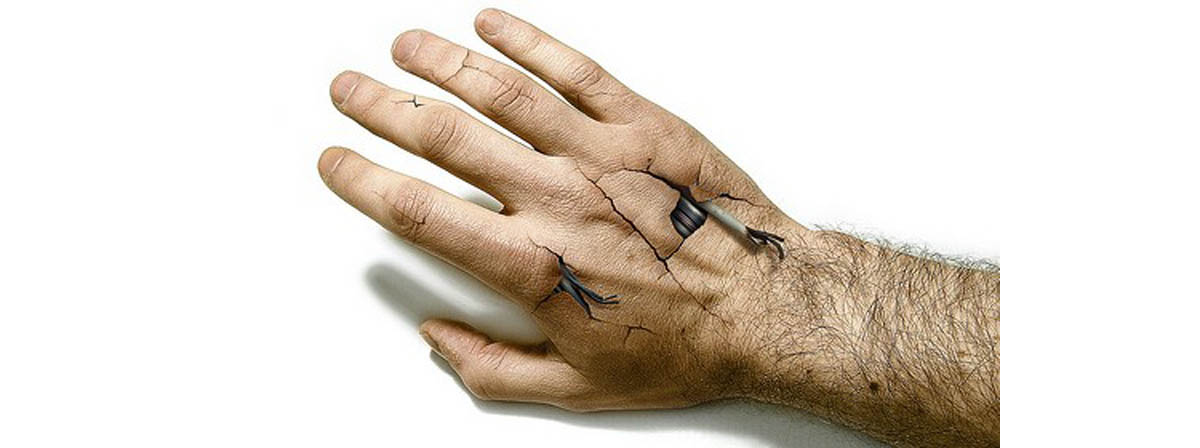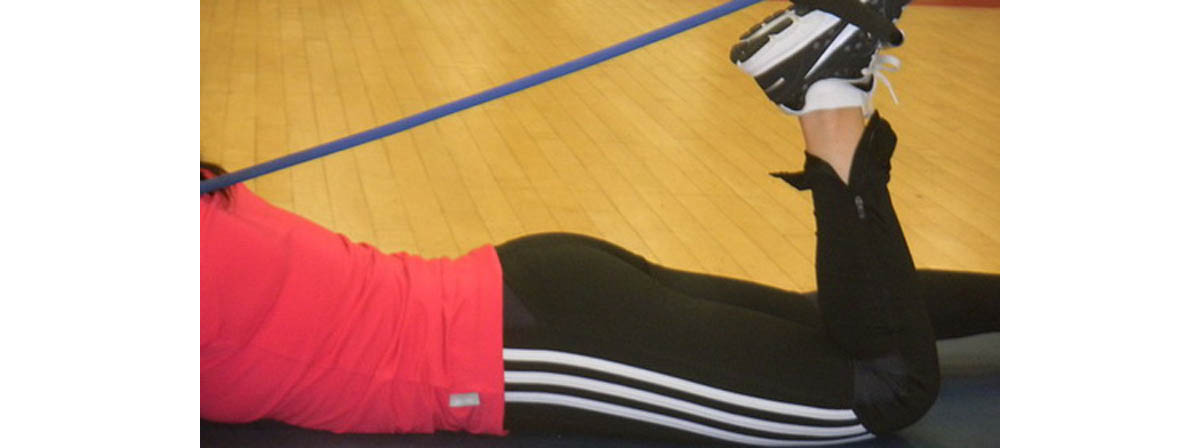Tendinitis — usually known informally as Tendonitis — is the inflammation or irritation of a tendon – the structure that connects your bones to muscles. Tendinitis usually causes flare ups due to repetitive overuse of a specific joint and is particularly common around the knees, shoulders, elbows, wrists and ankles.

Worried that you might get tendinitis during your gym sessions? Don't worry that you might not be able to go the gym again. While it might seem scary, there are solutions to deal with tendinitis. Fortunately, there are plenty of ways you can train around tendinitis, and you can even use training to help tackle the pain and the root cause of tendinitis to help you on the road to a full recovery. In really extreme cases, you may need surgery to repair your damaged tendons, but provided you recognize the symptoms early, stay sensible with your training and follow the right type of routine to help your tendons out, fixing it yourself, along with the help of a qualified physiotherapist of course is perfectly feasible and means that you can avoid the surgeon’s knife. All you need to do is put in the work to take care of your tendonitis and the pain will most likely stop.
- Talk with your doctor and a qualified corrective exercise specialist, physio or sports therapist before doing anything else in the gym if you suspect you have tendonitis. -
This is imperative – even if you’re certain your pain is tendinitis and think you know exactly how to fix it, it's always important to get a second opinion from a medical professional. You also need the all clear from them before you do anything physical.
- Avoid anything that hurts.
It may sound blindingly obvious, but you’d be surprised at the number of people who train through pain, with the “No pain, no gain” mantra firmly in mind. Of course there is some truth to this motto, but there’s also a distinct line between pushing yourself to work hard and training through an injury, making it worse.
- Find Alternatives
At the other end of the spectrum, many folks use an injury like tendinitis as a reason to skip the gym altogether. Hopefully if you’re reading this article, you’re not one of these gym shirkers, but just be aware that just because you might not be able to train one body part or joint, doesn’t give you the excuse to sit on your butt all day instead.
As a general rule, if you have tendinitis in an upper body joint, you can still use leg resistance machines and perform most forms of cardio and if you’re tendinitis is lower body based, most upper body stuff should be fine and you may even be able to find ways you can still perform cardio.
- Get Regular Massages
Tight muscles and joints are one of the main reasons people get tendinitis. Even if you don’t feel any joint or tendon pain, get a sports massage at your gym once a month as a preventative measure.
- Balance Your Training Routine
Those most prone to tendinitis are the ones who stick to just one type of activity. Runners are synonymous for only running and including little to no other types of exercises like lifting weights or even alternative forms of cardio. This makes them much more likely to develop tendinitis in the ankle, knee or hip. Likewise people who focus just on one or two body parts when lifting weights set themselves up for tendinitis.
Specific Exercise Recommendations For Tendinitis Sufferers
The above will all help you with the prevention, management and treatment of tendinitis in general, but what about when you’ve got tendinitis specifically in one area?

Sticking to the general advice is your first step, and hopefully you’ll avoid full blown tendinitis, but should you develop tendinitis, try including specific tendinitis drills in your training routine while adapting the rest of your workout to accommodate your symptoms and condition.
Knee Tendinitis
Start each session by foam rolling and stretching your quads, hip flexors, hamstrings, abductors and adductors. (A foam roller is a dense tube of foam that you lie on and roll around. It sounds mad, but this works in a similar way to a sports massage by loosening up all your tight muscle tissue.) Spend 10 minutes doing this before you train and on your off-days too.
Single-leg moves and knee stabilization exercises are your best friends on tackling knee tendinitis.
For the single-leg work, try forward and reverse lunges, split squats and bird dogs, where you kneel on all fours and lift your opposite leg and arm out straight.
As for hip stabilization moves, side lying clams are a good bet. Lie on your side and lift your top leg as high as you can. For a more advanced exercise, go with X-band walks, where you stand with both feet on a resistance band, cross the ends of the band at waist-height and take steps out to either side.
Wrist Tendinitis
Stretch out your forearms as often as possible. Tight forearm muscles equals tight wrists, equals unhappy tendons.
For your exercises, wrist curls and reverse wrist curls using a light dumbbell, barbell or cable machine work well. You can even use your other hand as resistance instead of a weight. For something incredibly simple, try squeezing a tennis ball to strengthen your forearms too. Do this between sets or as part of your warm up.
Elbow Tendinitis
Stretching and massage are the names of the game again here – are you starting to see a picture emerging!?
Aside from that, the wrist curls you did for wrist tendinitis can help with elbow tendinitis too, as can any light upper body moves. Try isolation arm exercises such as triceps pushdowns, triceps extensions and biceps curls. If these give you grief, go for multi-joint compounds instead. Your elbows are still working, but the load will be distributed onto your shoulders as well as your elbows. Pushups, rows, dumbbell presses and pulldowns are all good choices here.
Hip Tendinitis
Treating hip tendinitis is all about developing a bigger range of motion, particularly around your hip flexors. Extended ROM lunges, where you take a big step back, then bring your leg up to your chest as you step forward will help you make a start in your recovery. Even just performing small circular motions with your hips, along with glute moves such as bridge raises and hip thrusts will start to build the tendons back up to full strength.
- Tendinitis
- By Mayo Clinic
- Accessed on June 27th, 2013
- www.mayoclinic.com/health/tendinitis/DS00153
- Photo courtesy of Ariel H. by Flickr : www.flickr.com/photos/fotosrotas/2729906881/
- Photo courtesy of 88mvc by Wikimedia Commons : commons.wikimedia.org/wiki/File:Prone_Knee_Flexion.JPG


Your thoughts on this